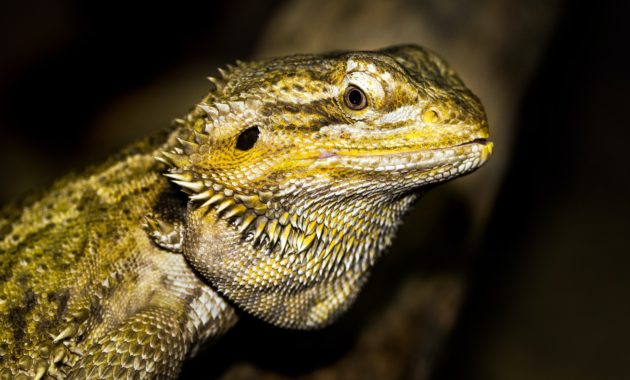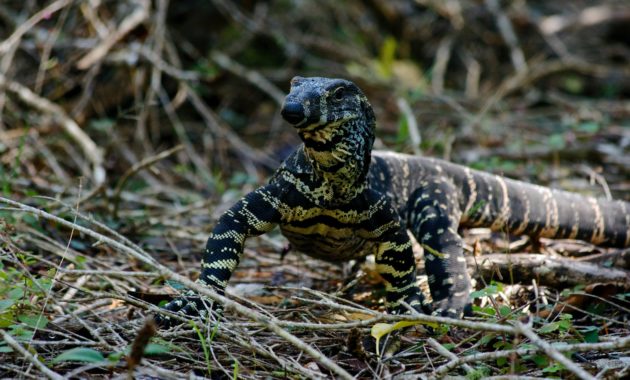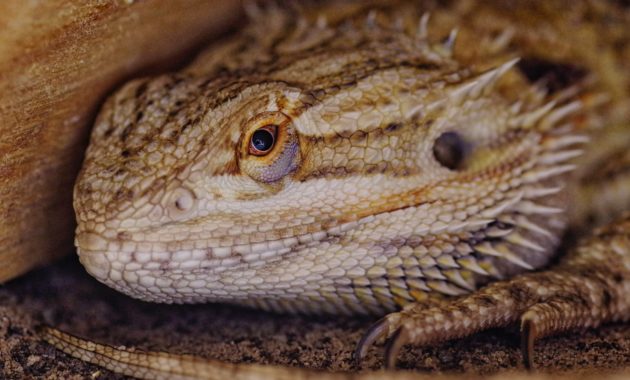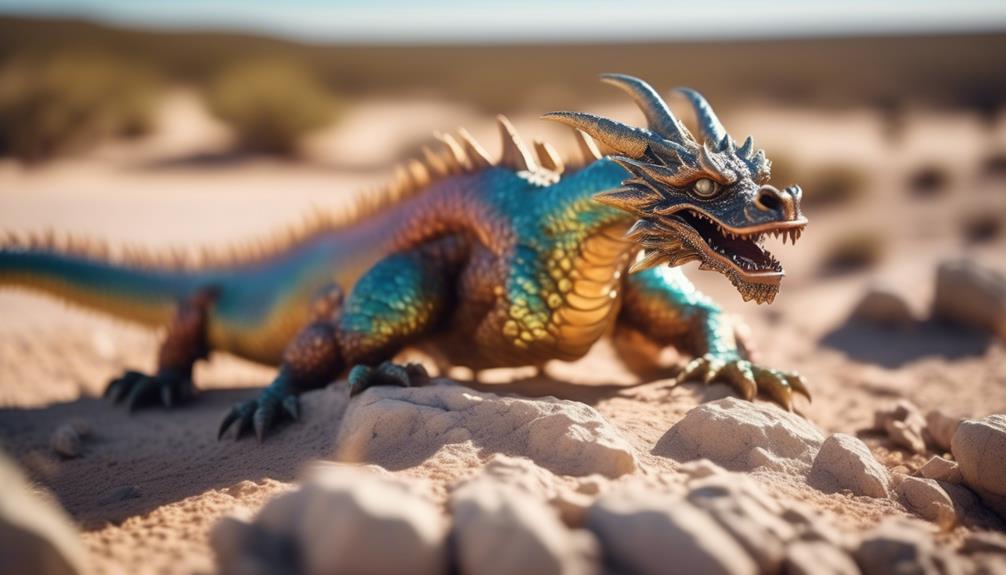
The discovery and study of rare and mysterious creatures have always captivated the scientific community and enthusiasts alike.
In the realm of reptiles, the Nullarbor Dragon, also known as Pogona nullarbor, stands as a fascinating enigma. With its limited distribution and elusive nature, this species has remained largely unknown to the general public.
As we delve into the world of the Nullarbor Dragon, we uncover not only its unique physical characteristics and behaviors but also the challenges it faces in its natural habitat.
Join us as we unravel the secrets of this captivating creature and shed light on the intriguing world of the Nullarbor Dragon.
Key Takeaways
- The Nullarbor Dragon is a species of lizard found in the southwestern region of Australia, specifically the Nullarbor Plain.
- It inhabits diverse habitats such as woodlands, coastal dunes, and shrublands, showcasing adaptability and resilience.
- The Nullarbor Dragon has unique physical features, including rough scales, spiky appearance, and a triangular head with a wide mouth.
- It exhibits various behaviors and communication methods, such as arm waving, head bobbing, tail flicking, and vocalizations, for social interactions and survival strategies.
Classification and Distribution
The Nullarbor Dragon, scientifically known as Pogona nullarbor, is a species of lizard that can be found in the southwestern region of Australia. It is one of eight species in the Pogona genus and is commonly referred to as the Nullarbor Dragon.
Unlike its more popular cousin, Pogona vitticeps, the Nullarbor Dragon is rarely kept as a pet and is not commonly found outside of Australia. The name ‘Nullarbor’ comes from its distribution across the Nullarbor Plain in southern Australia.
This species reaches a maximum length of 26 cm, smaller than Pogona vitticeps, and displays a light to dark grey-brown or grey-orange pattern. The Nullarbor Dragon is commonly found in woodlands, coastal dunes, and shrublands in the south-western region of Australia.
Physical Description
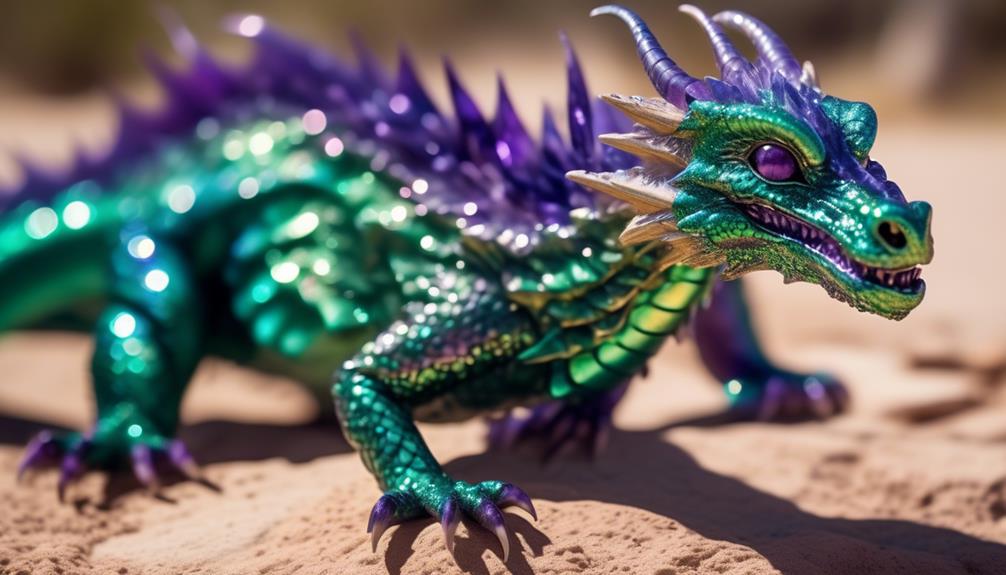
Moving on to the physical characteristics of the Nullarbor Dragon, this species of lizard exhibits distinct features that set it apart from other members of the Pogona genus.
Pogona nullarbor is smaller than Pogona vitticeps, reaching a maximum length of 26 cm. It displays a light to dark grey-brown or grey-orange pattern.
The scales on its body are rough and textured, providing protection from predators and harsh environmental conditions. The Nullarbor Dragon also has a spiky appearance, with sharp, pointed scales along its back and tail.
Its head is triangular in shape, with a prominent brow ridge and a wide mouth. These physical attributes, combined with its unique coloration, make the Nullarbor Dragon a distinct and visually striking member of the Pogona genus.
Habitat and Range
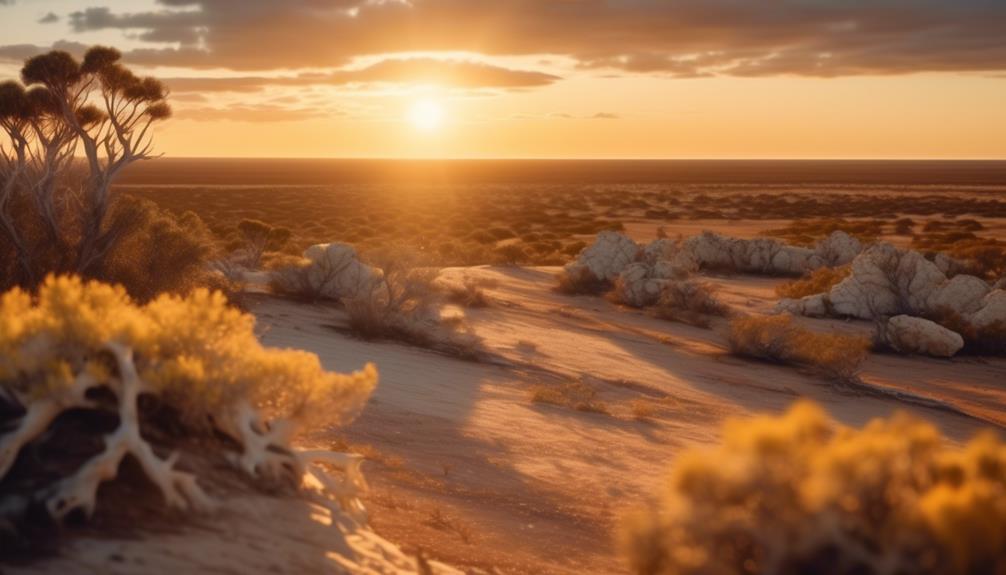
Pogona nullarbor, commonly known as the Nullarbor Dragon, is primarily found in the woodlands, coastal dunes, and shrublands of south-western Australia. This unique reptile has adapted to its environment, thriving in these diverse habitats.
It is often spotted in the woodlands, where it can find shelter and ample food sources. The coastal dunes provide a sandy terrain that the Nullarbor Dragon can navigate with ease, while the shrublands offer a variety of vegetation for feeding.
The range of the Nullarbor Dragon covers a significant portion of south-western Australia, allowing it to occupy a wide geographic area. Its ability to inhabit different types of habitats within this region demonstrates its adaptability and resilience in various environments.
Unique Behaviors and Communication
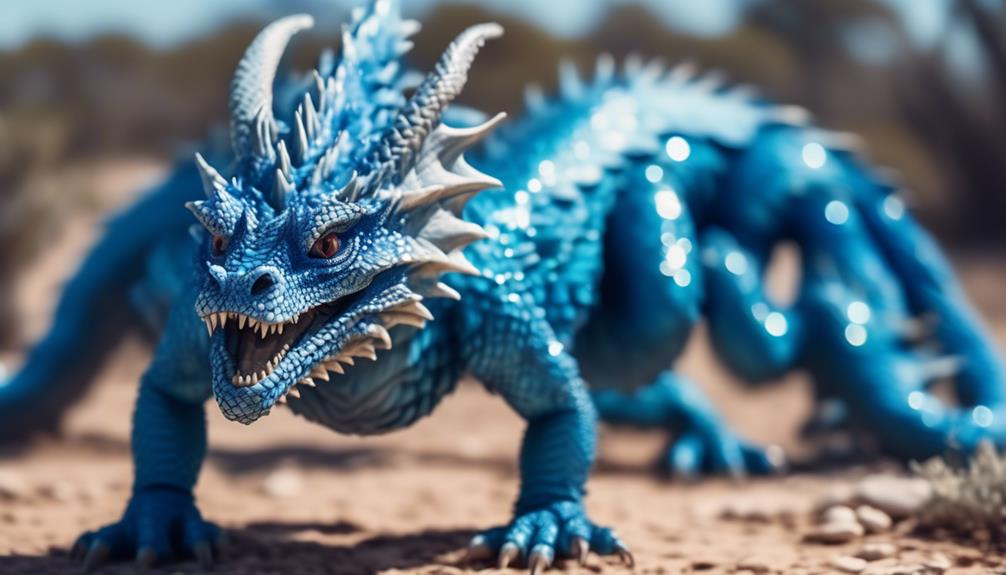
As we explore the unique behaviors and communication of the Nullarbor Dragon, it becomes evident that this species has developed fascinating ways to navigate its environment and interact with others of its kind.
Here are some intriguing aspects of their behavior and communication:
- Arm waving: Similar to other Pogona species, the Nullarbor Dragon exhibits arm waving as a sign of submission. This behavior is observed when encountering a larger dragon or during mating, where females are signaled.
- Head bobbing: Males use head bobbing as an aggressive movement to assert dominance and signal their desire to mate. This behavior is distinct and helps establish their position in the social hierarchy.
- Tail flicking: Nullarbor Dragons communicate through tail flicking, which can convey various messages such as warning, aggression, or territoriality. The speed and intensity of the flicks can indicate the dragon’s mood.
- Vocalizations: While not extensively studied, Nullarbor Dragons are known to produce vocalizations, including hisses and grunts, to communicate with each other.
These unique behaviors and communication methods contribute to the intriguing nature of the Nullarbor Dragon’s social interactions and survival strategies.
Comparison to Other Pogona Species
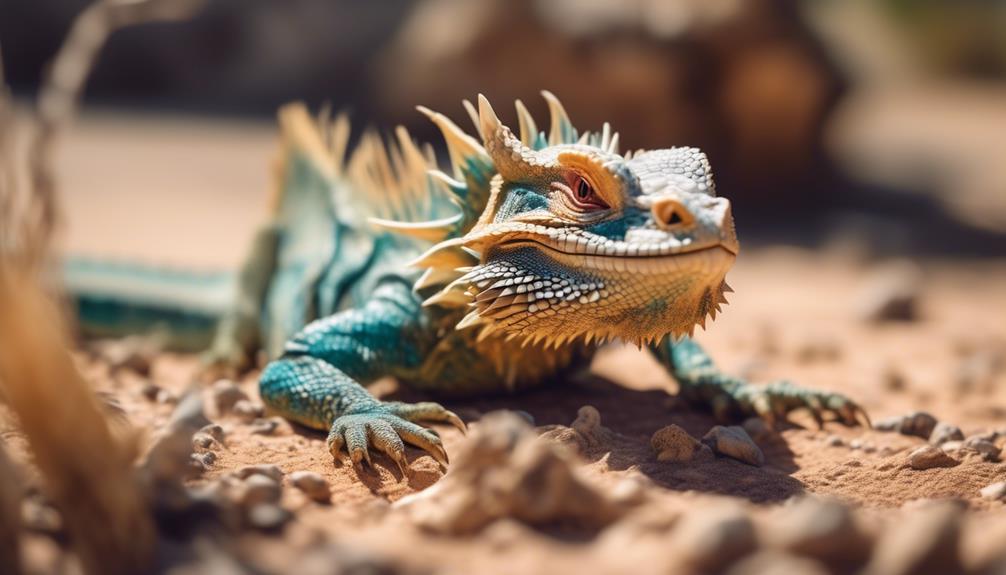
When comparing the Nullarbor Dragon to other Pogona species, notable differences and similarities can be observed in their behavior and physical characteristics. One of the main differences is the size, with the Nullarbor Dragon reaching a maximum length of 26 cm, smaller than the Pogona vitticeps. In terms of coloration, the Nullarbor Dragon exhibits a light to dark grey-brown or grey-orange pattern.
However, there are also similarities in behavior across Pogona species. For example, arm waving is a common behavior observed in all Pogona species, including the Nullarbor Dragon. This behavior signifies submission to a larger dragon or a female during mating. Additionally, males in all Pogona species, including the Nullarbor Dragon, signal their desire to mate through head bobbing, which is an aggressive movement to assert dominance.
To summarize the differences and similarities between the Nullarbor Dragon and other Pogona species, the following table provides a comparison:
| Characteristic | Nullarbor Dragon | Other Pogona Species |
|---|---|---|
| Size | Maximum length of 26 cm | Larger than 26 cm |
| Coloration | Light to dark grey-brown or grey-orange pattern | Varies across species |
| Behavior | Arm waving as a sign of submission | Arm waving and head bobbing for communication |
| Distribution | Found in south-western Australia | Varies across species |
This comparison highlights the unique characteristics of the Nullarbor Dragon while also acknowledging the shared traits among the Pogona species.
Threats and Conservation Status
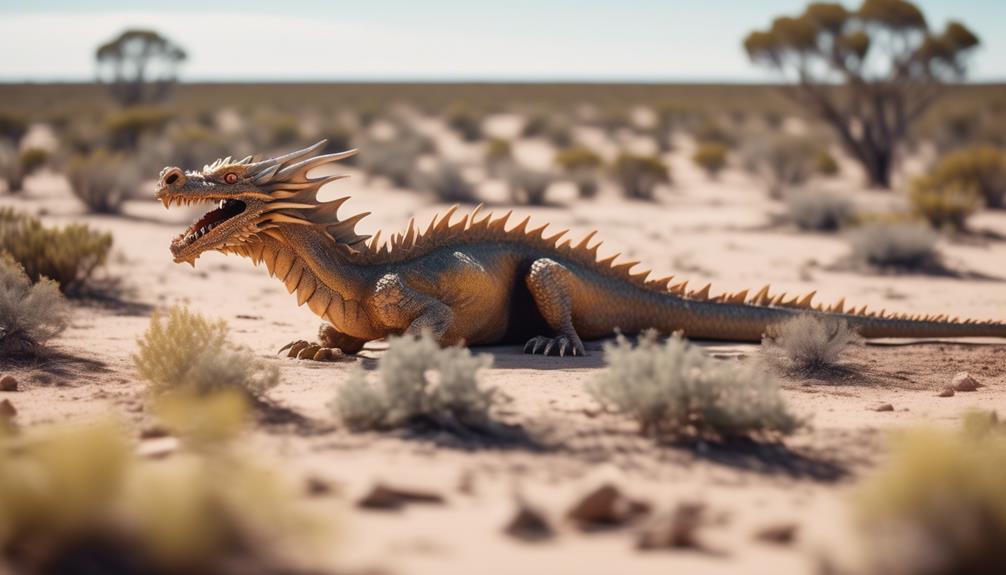
The Nullarbor Dragon faces various threats and has a conservation status that requires attention and action. To better understand the challenges it faces, here are four key threats to this unique species:
- Habitat loss: Due to human activities such as urbanization and agriculture, the Nullarbor Dragon’s natural habitat is being destroyed or fragmented, limiting its available space to survive and reproduce.
- Climate change: Rising temperatures and altered rainfall patterns can disrupt the dragon’s natural breeding and feeding cycles. This can lead to reduced reproductive success and overall population decline.
- Predation: Introduced species like feral cats and foxes pose a significant threat to the Nullarbor Dragon. These predators can prey upon the dragon and its eggs, further impacting their population numbers.
- Illegal collection: Although not commonly kept as pets, the Nullarbor Dragon’s rarity and unique appearance make it valuable in the exotic pet trade. This illegal collection can further deplete the already small population.
Given these threats, it is crucial to prioritize conservation efforts and implement measures to protect the Nullarbor Dragon and its habitat.
Interesting Facts and Myths
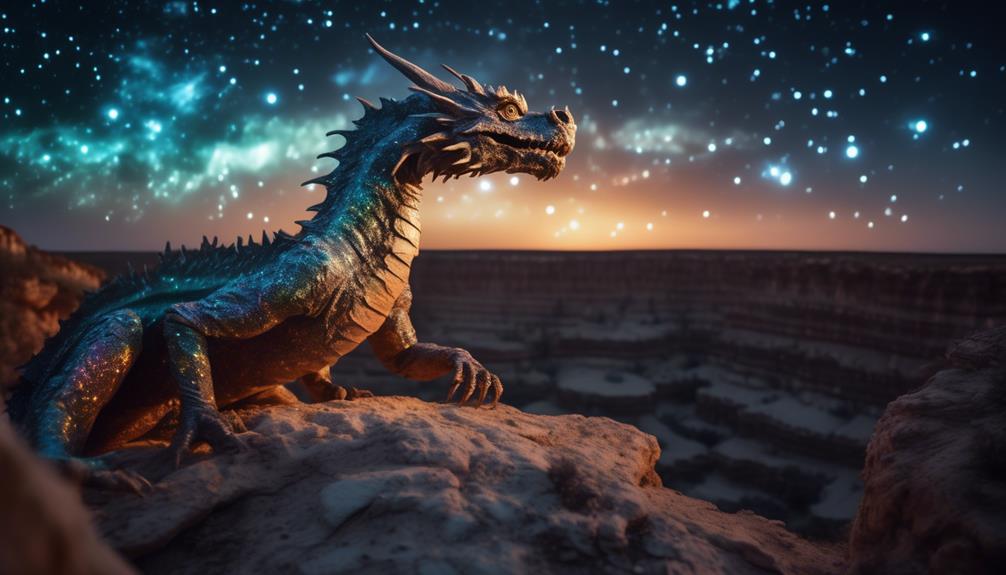
Having examined the threats and conservation status of the Nullarbor Dragon, it is now fascinating to uncover some intriguing facts and dispel any prevailing myths surrounding this unique reptile.
One interesting fact about the Nullarbor Dragon is its ability to change color. Like other members of the Pogona genus, it can darken or lighten its skin to regulate its body temperature or communicate with other dragons.
Additionally, despite its small size, the Nullarbor Dragon has a surprisingly voracious appetite, feeding on a variety of insects and small vertebrates.
As for myths, one prevalent misconception is that the Nullarbor Dragon possesses venomous saliva. However, scientific research has shown that this is not the case, and the species poses no threat to humans.
Understanding these facts and dispelling myths is crucial for the conservation and protection of this enigmatic reptile.
Frequently Asked Questions
What Is the Conservation Status of the Nullarbor Dragon?
The conservation status of the Nullarbor Dragon, Pogona nullarbor, is currently categorized as “Least Concern” on the IUCN Red List. This indicates that the species is not facing any immediate threats to its survival.
Are There Any Interesting Myths or Legends Associated With the Nullarbor Dragon?
There are no known myths or legends specifically associated with the Nullarbor Dragon, Pogona nullarbor. Its status as a rare and mysterious species may have led to speculation, but no significant folklore has been documented.
How Does the Behavior of the Nullarbor Dragon Compare to Other Pogona Species?
The behavior of the Nullarbor Dragon, Pogona nullarbor, is similar to other Pogona species. It exhibits common behaviors such as arm waving and head bobbing, which are signs of submission and dominance during mating.
What Are the Threats to the Survival of the Nullarbor Dragon?
The threats to the survival of the Nullarbor Dragon include habitat loss due to urban development and agriculture, predation by introduced species, and potential climate change impacts. Conservation efforts are necessary to protect this rare and unique species.
Are There Any Unique Physical Characteristics or Adaptations of the Nullarbor Dragon?
The Nullarbor Dragon, or Pogona nullarbor, exhibits unique physical characteristics such as a smaller size compared to other Pogona species, reaching a maximum length of 26 cm. It also displays distinct behaviors like arm waving and head bobbing.
Is the Nullarbor Dragon the Same Species as the Pogona Microlepidota?
The rare Australian dragon unveiled, the Nullarbor Dragon, is not the same species as the Pogona microlepidota. While both belong to the Pogona genus, they are distinct species with differing physical characteristics and habitats. The discovery of the rare Australian dragon has sparked excitement among reptile enthusiasts worldwide.
Conclusion
In conclusion, the article ‘Rare and Mysterious Nullarbor Dragon Unveiled’ provides valuable insights into the lesser-known species Pogona nullarbor, commonly known as the Nullarbor Dragon.
Through its examination of the dragon’s unique characteristics, behavior, and conservation status, the article increases our understanding of this elusive creature.
As a distinct member of the Pogona genus, the Nullarbor Dragon adds intrigue to the world of exotic pets and highlights the importance of conservation efforts to protect this rare species.

